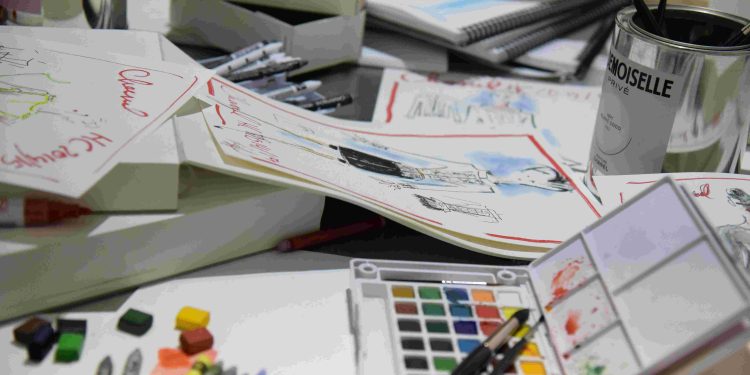Effective Approaches for Conducting Design Critique
Design critique isn’t merely an evaluation; it is a catalyst for transformation.
Picture this: a room filled with diverse minds, united with the purpose of refining the imperfect into the extraordinary. Design critique represents one of the most potent tools available to an organization, yet it is often misunderstood and underutilized. Done poorly, it can lead to frustration, stifled creativity, and diminished morale. But when practiced effectively, it can turn fragmented ideas into cohesive visions, unravel complexities, and elevate work across disciplines.
Breaking Free from Convention
Traditional design critique sessions often focus on surface-level issues—color schemes, alignment, or typography—and fail to address deeper matters like the intent behind the design or its user-centric goals. Early in my career, I faced this common flaw head-on. Participating in one-dimensional critique sessions, I noticed how repetitiveness stifled innovation and left bigger, systemic problems unaddressed. This realization taught me the importance of digging deeper and questioning underlying assumptions.
Psychology provides an analogous lesson. Behavioral studies suggest that humans often get trapped in patterns, fixating on smaller details while ignoring the larger picture. Similarly, effective critiques require breaking away from this narrow focus and asking fundamental questions: What problem are we solving? Who will benefit from this design? Are there better conceptual approaches?
Strategic and Multidisciplinary Collaboration
Successful design critique borrows heavily from other fields including technology, philosophy, and business strategy. Consider technological compatibility when critiquing a design. Are there innovations in AI or automation that could simplify processes or elevate the user experience? Philosophy contributes by encouraging us to explore how values and ethics—such as transparency or accessibility—align with design principles. Business acumen helps the team remain conscious of market viability and ROI as they assess strategic choices.
One real-life example comes from the development of a fintech app. During a critique session, a discussion of user design cascaded into insights about data privacy and regulatory concerns. What began as a conversation about aesthetics evolved into a strategic plan addressing compliance risks and growth prospects, proving the multidisciplinary approach amplifies critique effectiveness.
Predicting the Future of Design Critique
The role of design critique is expanding as workplaces embrace remote collaboration and advanced tools powered by technology. AI-driven systems can now enhance critique sessions by suggesting objective improvements based on data patterns. Meanwhile, virtual and augmented reality create immersive environments for critiquing products or designs in a more tangible, experience-centered way.
In the next decade, expect critique sessions to become more democratized. The traditional top-down, managerial model could yield to collaborative frameworks fueled by diverse participants—from customers to engineers to marketing specialists. This shift will likely enrich the process and provide broader insights, leading to superior design outcomes.
Practical Steps for Conducting Effective Critique
-
Set clear goals:
Ensure participants know what the critique aims to accomplish—from idea validation to identifying potential improvements. -
Encourage balanced feedback:
Diversify feedback by including both positive reinforcement and constructive criticism. -
Implement rules of engagement:
Critique the work, not the person. Make this distinction non-negotiable. -
Ask better questions:
Train participants to pose open-ended questions that challenge assumptions and provoke deeper thought. -
Document key takeaways:
Log decisions and insights gained during sessions so teams can revisit them as needed. -
Keep the user front and center:
Constantly evaluate designs from the perspective of the people they’re meant to serve.
Actionable Inspiration for Readers
If you’re a designer or team leader, start by revisiting how critique is practiced in your organization. Cultivate open dialogue and foster an environment of mutual respect. Adopt a cross-disciplinary mindset and actively seek input from diverse voices. And while it’s tempting to adopt the latest frameworks, always remember that the ultimate goal is to create meaningful solutions that make a difference.
Critique isn’t just about improvement—it’s about understanding. The more deeply we understand our work, users, and goals, the better equipped we are to shape the future. Invest in learning, challenge norms, and dare to experiment. By rethinking critique, you won’t just create better designs—you’ll create better thinking.











